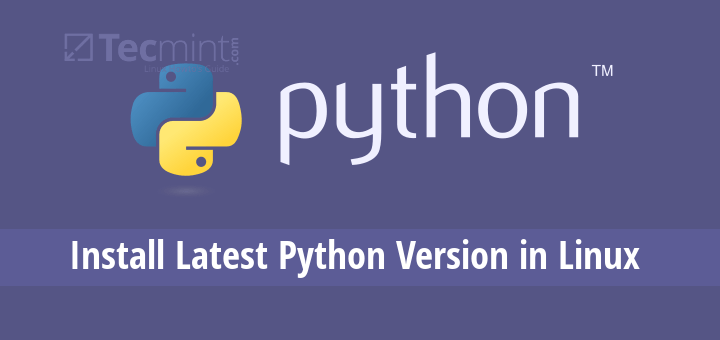

Build and install Python 3.12 by running the following commands: Sponsored Links make -j 4 Run the following command to configure the build. Change into the extracted directory: cd Python-3.12.0a5Ħ. Extract the tarball by running the following command: tar -xvf Python-3.12.ĥ. Open a terminal and navigate to the directory where you downloaded the Python 3.12 tarball.Ĥ. At the time of writing, the latest version of Python 3.12 is 3.12.0a5.ģ. Download the latest version of Python 3.12 from the Python downloads page at. Sudo apt-get install build-essential zlib1g-dev libncurses5-dev libgdbm-dev libnss3-dev libssl-dev libreadline-dev libffi-dev wgetĢ. Make sure that you have the necessary dependencies installed by running the following command: sudo apt-get update.

To install Python 3.12 on Ubuntu, you can follow these steps:


Meanwhile, you can install the development prerelease on Ubuntu OS using the steps outlined in this article. The next exciting Python release is 3.12. Related: How to install Python 3.11 on Ubuntu 22.04 LTS (Jammy.) The introduction of f-strings in version 3.6, data classes in 3.10, and performance boost in 3.11 are noticeable improvements. Meanwhile, the subsequent versions of Python 3 have excellent improvements. As a result, Python officially ended support for 2.7 in 2020. Yet, versions in major release three have outgrown the 2.7. There was a time when Python 2.7 was alongside the Python 3 versions. Setup.py and run the install: python setup.Python has gone through tremendous improvement in the past few years. Or, if you have a requirements.txt file that lists necessary dependencies: pip install -user -r requirements.txt Installing via modules via setup.py to your home directoryĭownload and untar or unzip the module you would like to install.Ĭd into the module directory that contains Once you have configured your PYTHONPATH as described above, you can install packages locallyīy adding the -user flag when calling pip: pip install -user PACKAGE_NAME_HERE Installing modules via pip to your home directory Run this command to update the PYTHONPATH for the current session: source ~/.bash_profile PYTHONPATH="$PYTHONPATH:~/lib/python2.7/site-packages/" > ~/.bash_profile ~/lib/python2.7/site-packages/ like this: echo export These first two steps only need to be done once.Īppend your. This article assumes you are logged into a CETS managed Linux machine (Eniac, a lab machine, graduate workstation, etc). How do I install a Python module for use on Linux systems at SEAS?


 0 kommentar(er)
0 kommentar(er)
